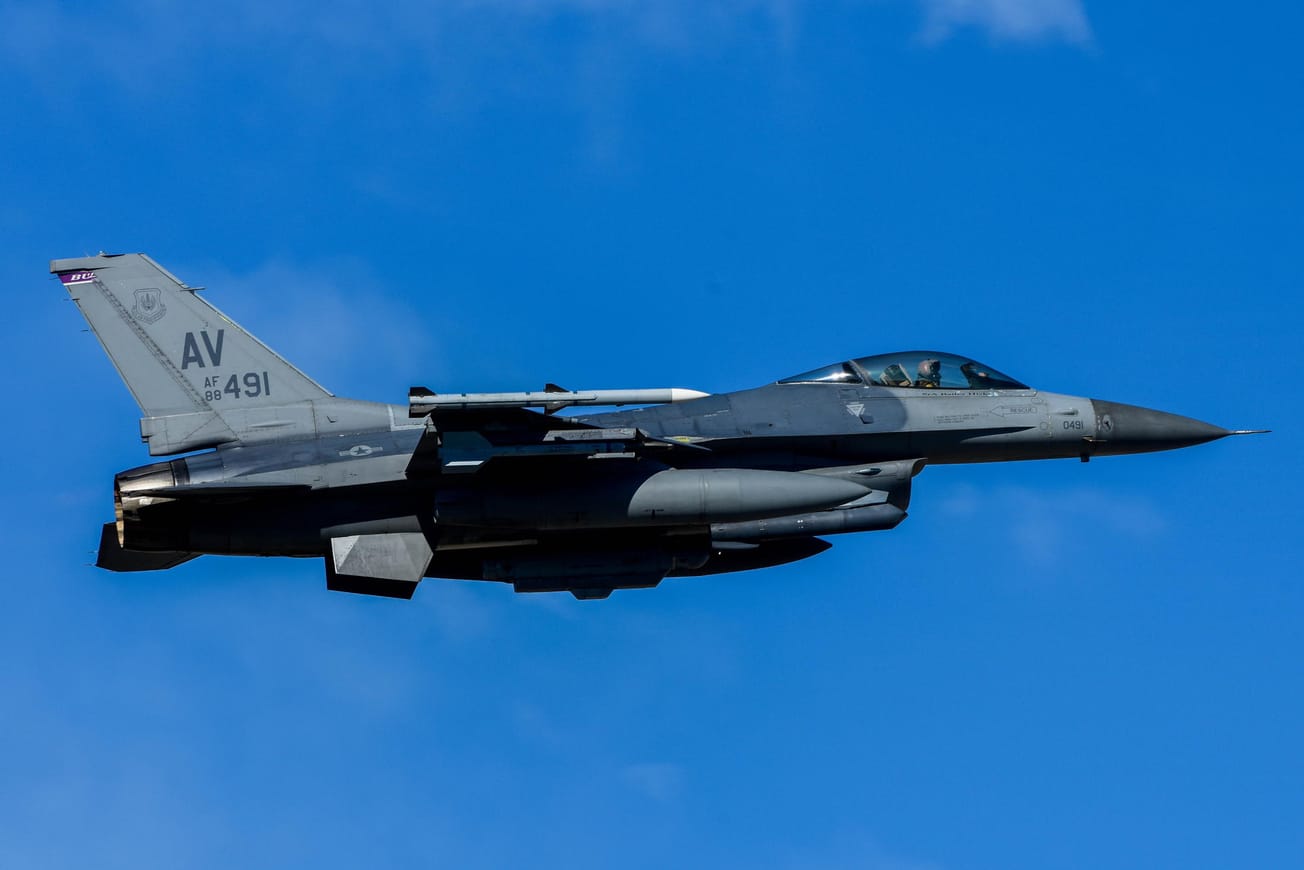One week ago, a new world record was set in a French tokamak fusion device called WEST whose little sister and research partner is EAST, another record-making tokamak operating in China and constructed through Sino-French cooperation.
WEST is located in a building very close to ITER, the giant international cooperation program for magnetic fusion constructed in Cadarache, Southern France. WEST is operated by the French Alternative Energies and Atomic Energy Commission (CEA).
The W of WEST stands for tungsten, because the device is internally clad in tungsten, the element that could be the best fit for the commercial-scale machines required to make fusion a viable energy source for the world. The rest of the word stands for Environment in Steady-state Tokamak.
A previous version of the device—Tore Supra—achieved a slightly longer reaction, or shot, but back then, the machine’s interior was made of graphite tiles. While carbon makes the environment easier for long shots, it may not be suitable for a large-scale reactor because the carbon tends to retain the fuel in the wall, which will be unacceptable in a reactor where efficient recovery of tritium from the reactor chamber and reintroduction into the plasma will be paramount. Tungsten is advantageous for retaining far less fuel, but if even minute amounts of tungsten get into the plasma, radiation from the tungsten can rapidly cool the plasma. “The tungsten-wall environment is far more challenging than using carbon,” said Luis Delgado-Aparicio, PPPL’s head of advanced projects and lead scientist for the physics research and the X-ray detector project. “This is, simply, the difference between trying to grab your kitten at home versus trying to pet the wildest lion.”
On May 6, the device sustained a hot fusion plasma of approximately 50 million degrees C for a record 6 minutes with 1.15 gigajoules of energy injected, 15% more energy and twice the density than before. To reach the optimal conditions for the plasma to generate reliable power for the grid, the plasma has to be both hot and dense. Remi Dumont, head of the Experimentation & Plasma Development Group of the CEA’s Institute for Magnetic Fusion Research, was the scientific coordinator for the experiment, calling it “a spectacular result.”
Partnering with the CEA was the U.S. Princeton Plasma Physics Laboratory (PPPL). “The X-ray group in PPPL’s Advanced Projects Department is developing innovative tools for tokamaks and stellarators around the world,” said Delgado-Aparicio. PPPL’s new tool allowed measuring the shot.
WEST and PPPL are part of the International Atomic Energy Agency’s group for the Coordination on International Challenges on Long-duration OPeration (CICLOP). This milestone represents an important step toward the CICLOP program’s goals. The researchers will submit a paper for publication in the next few weeks. “We need to deliver a new source of energy, and the source should be continuous and permanent,” said Xavier Litaudon, CEA scientist and CICLOP chair. Litaudon said PPPL’s work at WEST is an excellent example. “These are beautiful results. We have reached a stationary regime despite being in a challenging environment due to this tungsten wall.”





